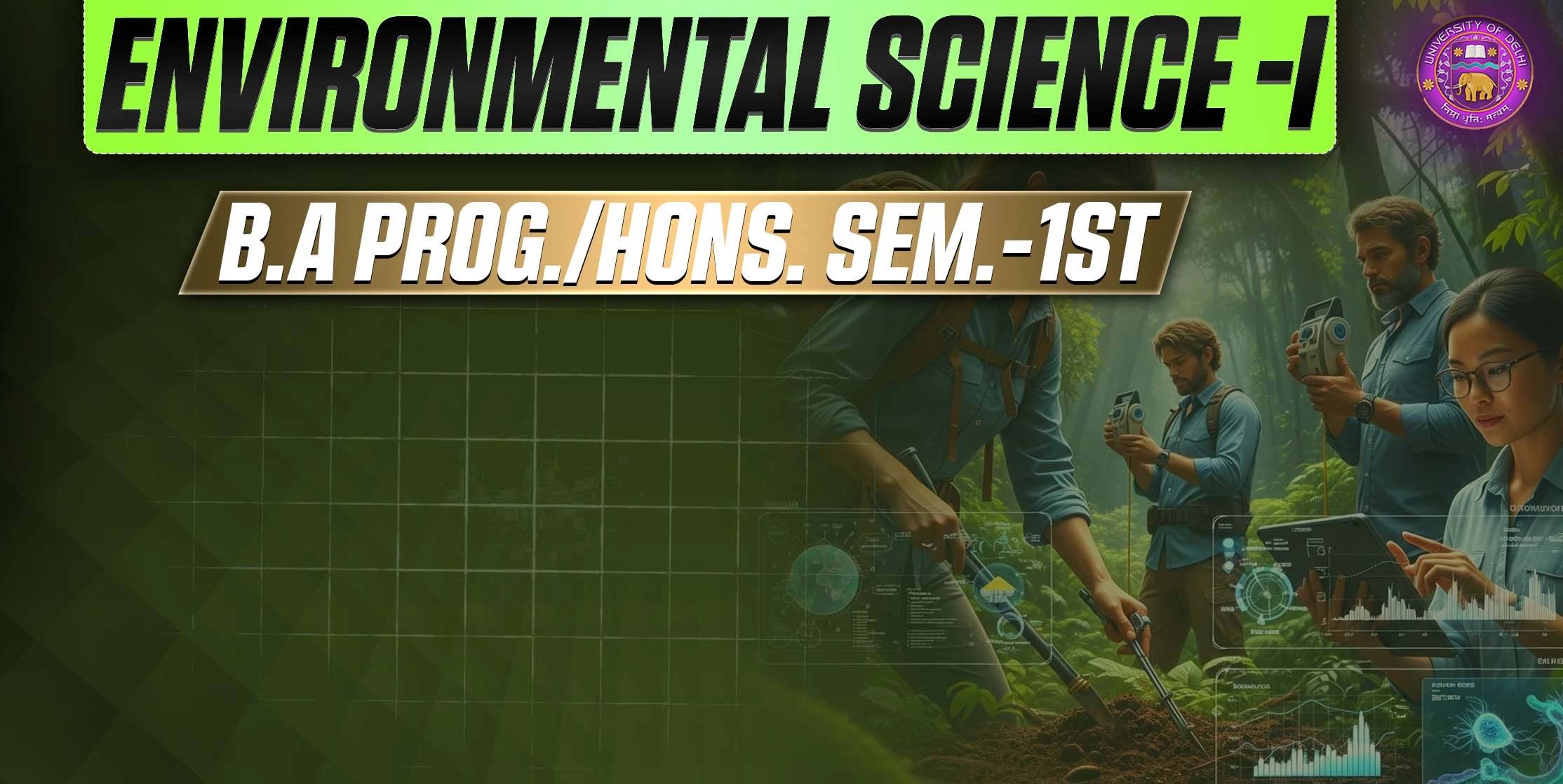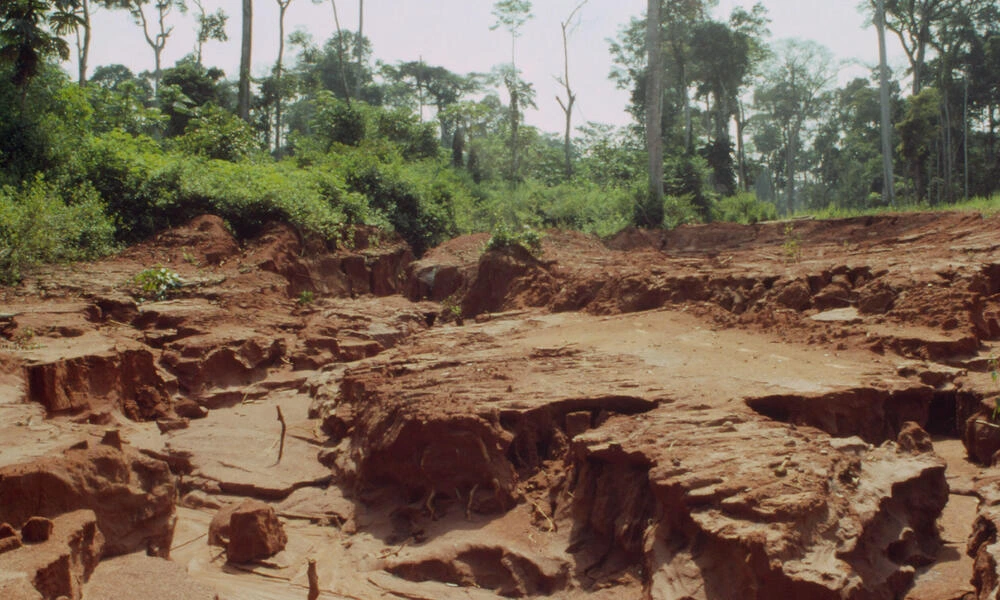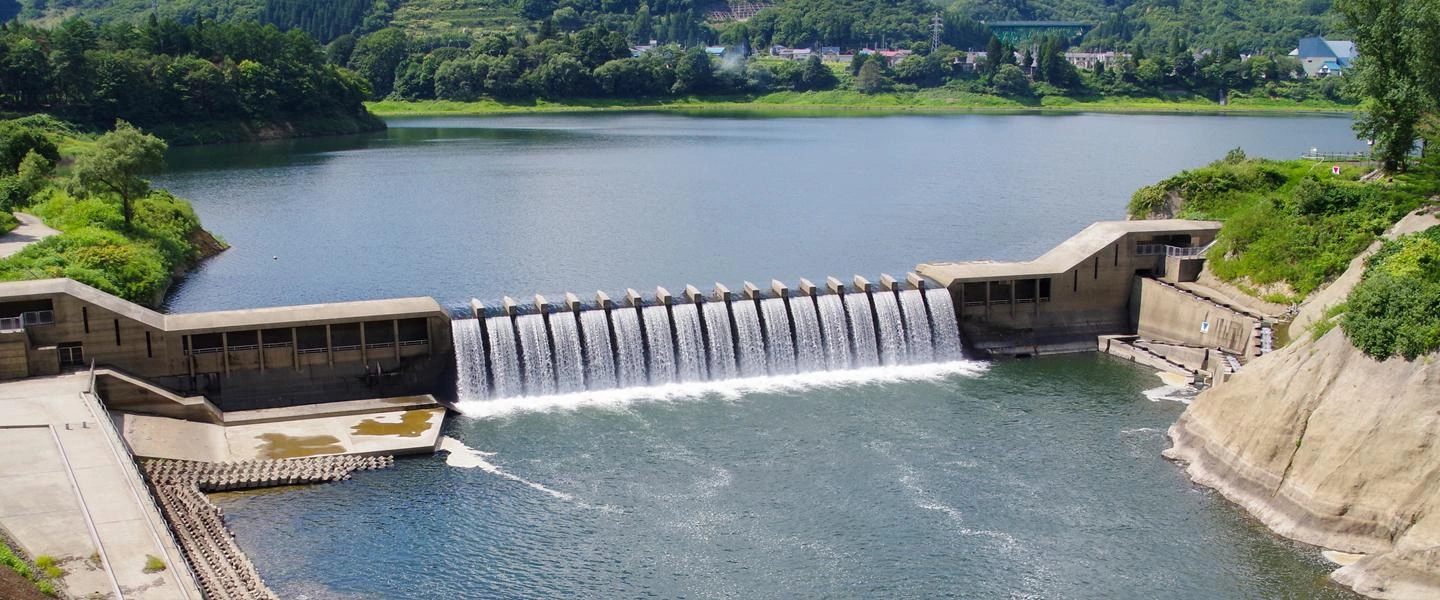
Get in Touch
We will get back to you within 24 hours.
Welcome to MVS Blog

(i) Hydrosphere
(ii) Land degradation
(iii) Soil erosion
(iv) Primary productivity
(v) Geothermal energy
(vi) Lithosphere
(vii) Hazardous waste
(viii) Dam
Answer -
(i) Hydrosphere
The water area covering about 70 percent of the earth's surface is called hydrosphere. In the hydrosphere, water layers are spread over the Earth's surface in the form of oceans, lakes, rivers, and other reservoirs. Oceans are the main parts of the hydrosphere.
(ii) Land degradation

Land degradation is a process in which the productivity of land decreases due to over-exploitation by humans. In which loss of soil fertility, soil erosion, water logging, salinity, floods and drought are some of the major aspects of land degradation.
(iii) Soil erosion
The upper surface of the land moves from one place to another due to water or wind, which is called soil erosion. Which mainly involves carrying away the particles of the upper soil of the land by natural physical forces like water and wind.
(iv) Primary productivity
Primary productivity is the rate at which plants produce biomass per unit area. Primary productivity is most affected by environmental factors affecting photosynthesis and respiration.
(v) Geothermal energy
Geothermal energy is energy that is generated from within the ground. This energy emerges from the earth's surface or through cracks in the ground in the form of natural geysers, such as in Manikaran, Kullu and Sohana, Haryana. It is often used to generate water and electricity.
(vi) Lithosphere
Lithosphere is the solid crust or hard upper layer of the Earth. It is made up of rocks and minerals and covered with a thin layer of soil. Lithosphere is a heterogeneous surface with different topography like mountains, plateau, plain, valley etc. Mount Everest is the highest point in the lithosphere.
(vii) Hazardous waste
Hazardous waste is waste that has the potential to pose a hazard or risk to human, animal health or the environment. This includes waste generated from petroleum refining, pharmaceutical production, commercial product manufacturing like petroleum, paint, aluminium, electronic items etc.
(viii) Dam

Water storage by building dams is considered an efficient component of water management for irrigation. In India, high level demand of water for irrigation can be met by construction of dams of different heights. More than 700 dams have been built since independence.
0 Response